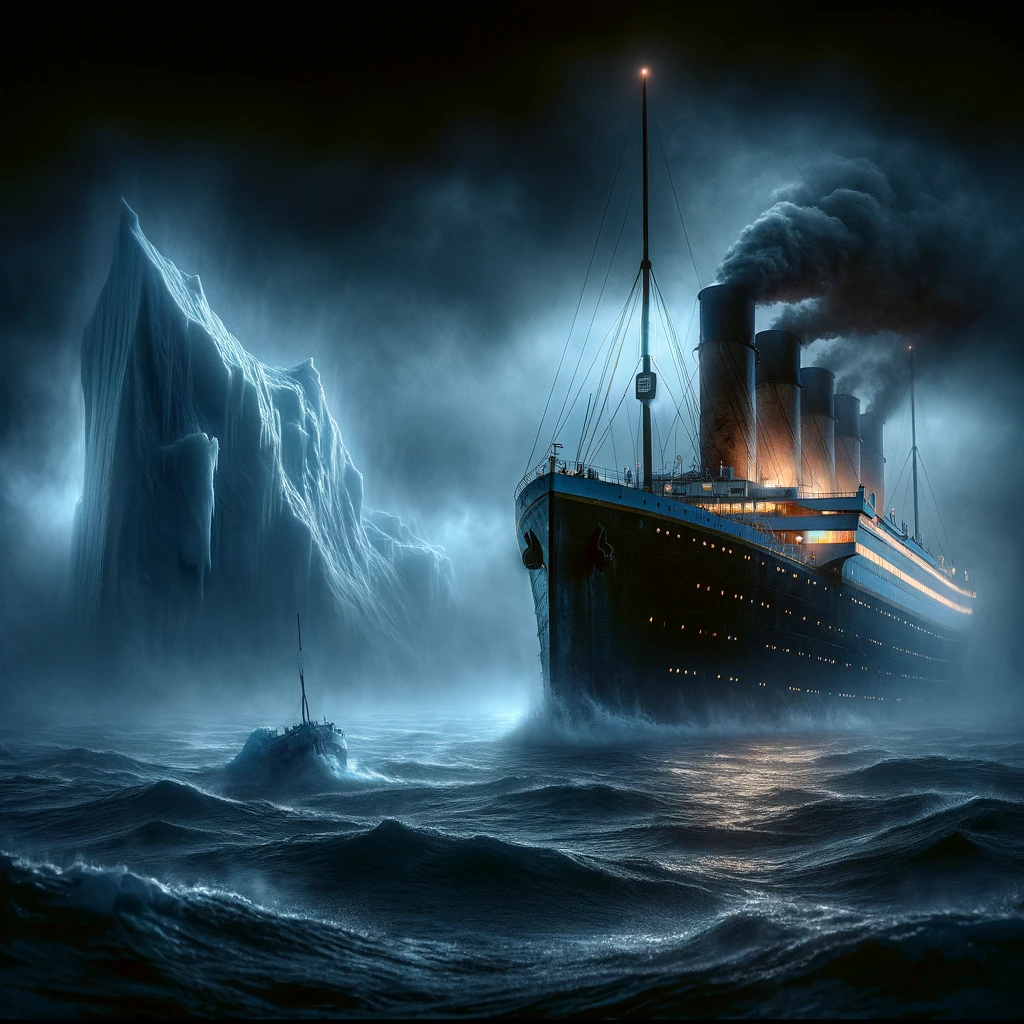Titanic Premonition

The fascinating concept of premonitions has always captivated human curiosity, nestled at the intersection of the paranormal and the potential depths of human consciousness. Premonitions, or the ability to foresee events before they unfold, challenge our understanding of time and causality. They evoke a sense of wonder and skepticism, prompting us to question the very fabric of reality and our place within it. The discourse surrounding premonitions spans a broad spectrum, from personal anecdotes of unexplained foresight to scientific investigations into the realms of extrasensory perception (ESP). These narratives often explore the mechanisms through which such phenomena might operate, touching upon theories of quantum entanglement, collective consciousness, and the untapped powers of the human mind. Skepticism and validation go hand in hand in these discussions, as the community grapples with distinguishing genuine precognitive experiences from mere coincidence.
The practical implications of premonitions, along with their ethical considerations, add another layer of complexity to the conversation, inviting us to ponder how, if at all, we should act on these uncertain glimpses of the future. The investigation into premonitions is not just a pursuit of understanding the paranormal but a deeper inquiry into the limits and potential of human perception and consciousness.
The book “Futility,” written by Morgan Robertson, was originally published in 1898, and it features a story about a fictional ocean liner named the Titan, which sinks in the North Atlantic after hitting an iceberg. The similarities between the fictional Titan and the real RMS Titanic, which sank in 1912, are remarkably coincidental, including details about the size of the ship, the lack of sufficient lifeboats, and the nature of the iceberg collision.
The book “Futility” was renamed “The Wreck of the Titan” after the sinking of the RMS Titanic, capitalizing on the eerie similarities between the fictional and real-life events. This renaming occurred to draw attention to the parallels between Robertson’s novel and the Titanic disaster, making the book more relevant and intriguing to the public in the wake of the real ship’s sinking.
In the book “Futility, or the Wreck of the Titan” by Morgan Robertson, “futility” refers to the overarching theme of the novel, which is the vain confidence in human engineering and the belief that a ship could be “unsinkable.” The novel critiques the hubris of mankind in thinking it can conquer nature and build indestructible creations. The term “futility” captures the irony and tragedy of the fictional Titan, which, much like the real RMS Titanic, was touted for its unsinkability yet met with disaster. Through the narrative, Robertson explores the idea that human ingenuity and technological advancements, no matter how impressive, are ultimately futile against the forces of nature. This theme gained a haunting resonance after the sinking of the Titanic, underscoring the novel’s message about the limits of human arrogance and the unpredictability of fate.
The video features Tom Lynskey discussing and analyzing Chapter 1 of “The Wreck of the Titan” or “Futility” by Morgan Robertson, a novel that predates the Titanic disaster by over a decade. Lynskey reads the chapter aloud, providing commentary on the similarities and differences between the fictional Titan and the real RMS Titanic.
He notes that the Titan, like the Titanic, is described as the largest and most sophisticated ship of its time, staffed by highly skilled officers and crew. The description of the Titan’s luxurious amenities and advanced technology is compared to the Titanic and other prestigious ships of the early 20th century, such as the Olympic, Lusitania, Mauritania, and Aquitania.
Lynskey points out that many features attributed to the Titan, like the watertight compartments, automatic watertight doors, and the ship’s unsinkability, were not unique to the Titanic and were present in ship designs and constructions years before the novel was written. He suggests that while the novel’s depiction of the Titan may seem prescient in light of the Titanic disaster, many aspects of the ship were based on existing maritime technology and practices.
Interestingly, Lynskey contrasts the Titan with the Great Eastern, a real ship built in the 1850s that shared some characteristics with the fictional Titan, such as size and luxury amenities. He suggests that the Great Eastern might have been a more accurate real-world parallel to the Titan than the Titanic.
The video focuses on the initial descriptions and the realism of the ship’s design and operation as presented in Chapter 1. The comparison raises questions about the novel’s predictive power and the extent to which it was inspired by contemporary maritime trends and technologies.
Tying these discussions to the intriguing case of Morgan Robertson’s “Futility” offers a compelling illustration of premonitory phenomena in literature. The eerie parallels between the fictional Titan and the real-life tragedy of the RMS Titanic not only captivate the imagination but also challenge our understanding of coincidence and foresight. Robertson’s work, with its uncanny prediction of a maritime disaster, serves as a touchstone for debates on the nature of premonitions and the possibility of an underlying ethereal source of information. The novel’s thematic exploration of human hubris and the limitations of technology resonates with the broader discussions on the unpredictability of fate and the potential for ESP.
As we continue to probe the boundaries of human experience and perception, the dialogue on premonitions remains a testament to our inherent desire to understand the unknown and the unseen forces that shape our world and our destiny.


